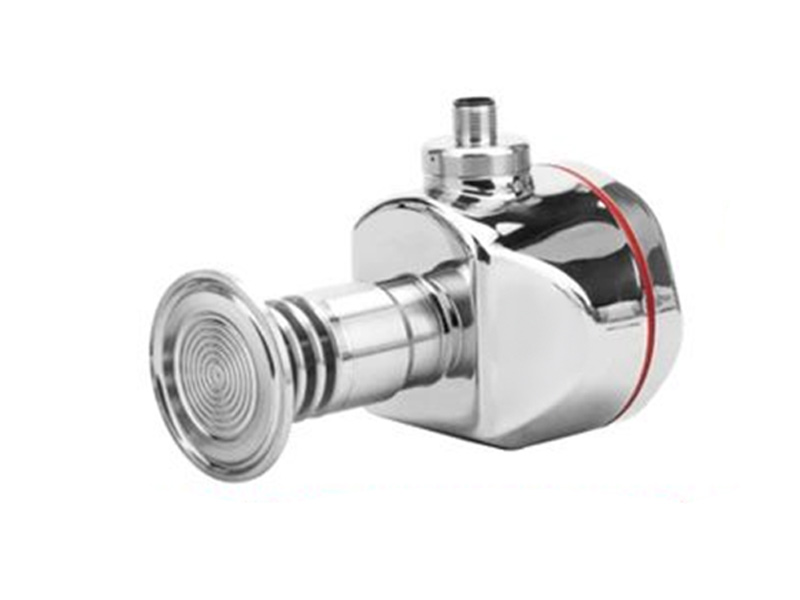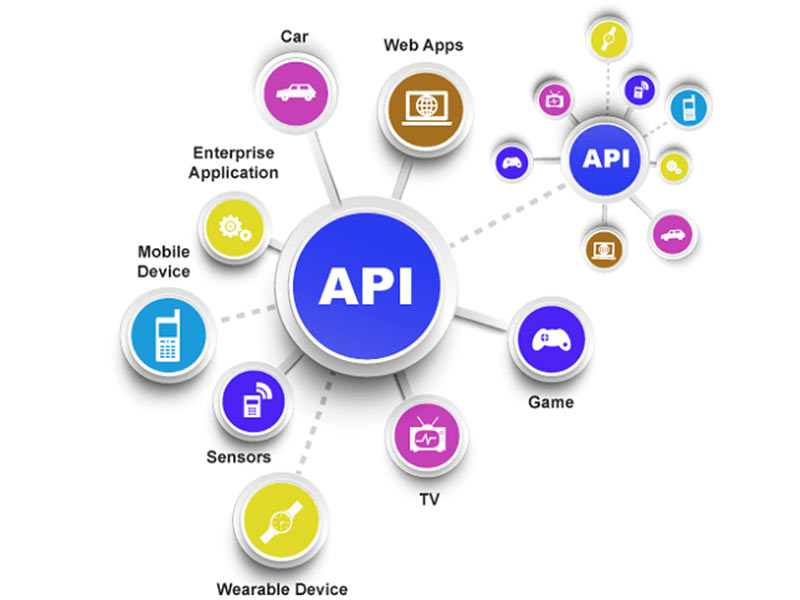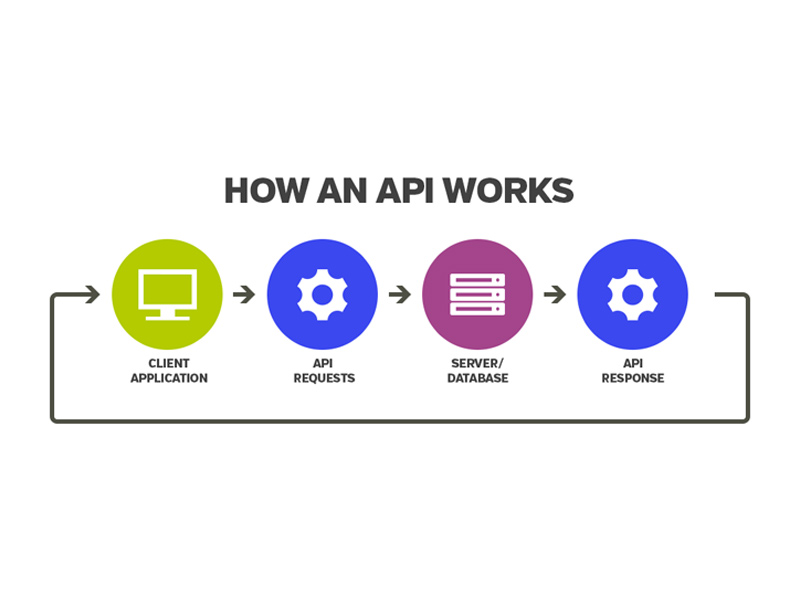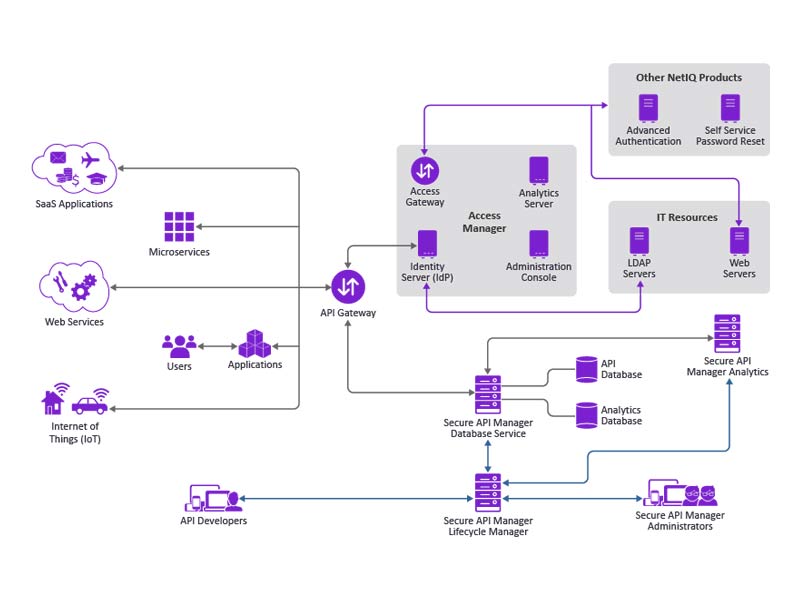
With the expansion of Chinese APIs in the United States, Europe, Japan and other international markets, API manufacturers and R&D companies have increased the research and development of new drugs and generic drugs. After laboratory trials to large-scale production, large-scale pilot trials are required. Its purposes are: to verify the process conditions of the small test, explore the amplification effect and adjust the process parameters, and provide guidance for the selection of equipment and operation specifications for subsequent amplification production; the successful research and development of new products, sales and use in potential countries for registration and declaration; produce a certain amount of products and quickly occupy the market; the investment in pilot equipment is small, which effectively reduces the risk of early investment in the project.
1 Design Requirements
The API pilot plant is designed to produce dextromethorphan as the main line, taking into account other flexible products. The design meets the requirements of the new version of GMP of the State Medical Administration. The raw materials are exported to Europe, the United States, Japan and other markets, and meet the requirements of the US FDA, European EDQM and Japan PMDA, etc. The cleanliness of the clean area meets the requirements of Class D.
Pilot-scale chemical unit reactions include general processes such as condensation, addition, cyclization, hydrolysis, acylation, and sulfonation, as well as high-risk processes such as oxidation, chlorination, fluorination, hydrogenation, nitration, and diazotization; chemical unit operations such as Concentration, crystallization, extraction, filtration, centrifugation, drying, etc. The temperature range is -20 °C~300 °C, and the pressure range is -0.1~4.0 MPa.
2 Design Process
Design Of two Sets Of Scale-Up Gradients For Pilot Scale
The laboratory scale is mainly 100~1000 mL glass bottles, and the maximum scale can reach 10 L. The pilot scale is used for the investigation and research of laboratory processes, and the amplification gradient is preferably 10-50 times, and the amplification gradient can be 50-100 times for those who have mastered the mechanism. There are two production lines in this design, a small-capacity production line with a gradient of 10-30 times magnification and a large-capacity production line with a gradient of 10 times magnification on the basis of the small-capacity production line.
The small-capacity production line uses a 30~100 L kettle as an independent reaction unit, 5~300 L as an auxiliary processing equipment, supporting utilities (refrigeration, cooling, steam, hot water), using movable storage tanks, centrifuges, filter presses machine and other supporting facilities, quick-open interface, use hose connection. Its advantages are flexible combination and strong applicability, but its disadvantages are large cleaning workload, long operation cycle and low production efficiency. It is mainly used to investigate the reaction mechanism and amplification effect, and it is also used to produce high-value APIs with a sales volume of kg.

The large-capacity production line is arranged in the production line of dextromethorphan. The equipment between the reaction units or the operation units is connected by fixed pipes, and the two units are connected by metal hoses and quick-open connections. The production line adopts 500~1500L reaction kettle and 50~3000L auxiliary processing equipment. The advantages are smooth production process, high equipment utilization rate, no cross-contamination, easy operation and a certain output. The disadvantage is that when switching other products, the equipment needs to be recombined, and the adjustment cost of pipeline facilities is high. It is used for the verification of the scaled-up production process, and it can also mass-produce tens of kilograms to hundreds of kilograms per batch.
Pilot Workshop Functional Design
Synthesis Workshop Function And Layout
The main workshop of the pilot plant is 48 m long, 15 m wide, and has a workshop span of 6 m. It has a four-story frame structure with a floor height of 2.8 to 4.2 m. General synthesis reaction area, post-processing area and clean area are set up. The synthesis area is divided into a small-capacity production line area and a large-capacity production line area. The buffer rooms are used to buffer each area, and the flow of people and logistics channels are separated. Four layers and three layers are arranged with reaction kettles and treatment kettles, the second layer is a pipeline technology interlayer, and the first layer is a centrifugal and drying function room.
The width of the auxiliary workshop on the north side is 6 m, with a two-storey structure and a floor height of 4.5 m. Set up power distribution facilities, air conditioning units, purified water systems and DCS control rooms.
Function And Layout Of High-Risk Process Workshop
The high-risk process is concentrated in the high-risk process workshop, 35 m away from the main workshop, with an area of 400 m2 and a two-story frame structure. The wall columns of the workshop are explosion-proof structures, and are designed with lightweight color steel tile roofs, plexiglass windows, and fire doors to meet the explosion-proof requirements, and are equipped with hydrogen, chlorine, ammonia, hydrogen fluoride and other gas supply stations.
Clean Areas And HVAC Systems

The area of the clean area is 180 m2, the flow of people and logistics is separated, and it is equipped with an access control system. It is used for the production of non-sterile APIs, and the clean area is designed according to Class D requirements. The temperature of the clean room is 18 °C~26 °C, the relative humidity is 45%~65%. The number of air changes is more than 18 times/h, and the pressure difference between clean rooms of the same level is not less than 5 Pa. The pressure difference outside (shoe changing room, outer packaging room) should not be less than 12 Pa, and the doors that are opened at the same time are controlled by interlocking.
The HVAC system in the clean area consists of a combined air conditioner, surface cooler, heater, humidifier, ozone generator, fan system and air duct system. The system adopts the mixed form of fresh air and return air. After the clean air flow is sent to each clean room by laminar flow distribution, the contaminated fresh air (centrifuge room, drying room, powder mixing room, packaging room, etc.) is directly discharged; the rest of the return air is returned to the air conditioning box. Imported and reused, the air volume of the HVAC system is adjusted by frequency conversion, and the temperature and humidity are controlled by automatic adjustment.
Purified Water System
Purified water system consists of raw water pretreatment system, reverse osmosis system and disinfection system. The raw water is taken from the municipal pipe network, pretreated by activated carbon, bag filter coarse filtration and ultrafiltration, and then purified water is prepared by secondary reverse osmosis. The purified water in the purified water storage tank is sent to the purified water use point such as the workshop in the clean area after on-line ultraviolet disinfection and ozone disinfection and filtration treatment by the transfer pump, and finally returns to the purified water storage tank through the circulation loop. In the purified water system, an online conductivity meter is installed in the secondary reverse osmosis effluent, the total output of the storage tank, and the total return. When the conductivity reaches the specified action index, the purified water is returned to the primary reverse osmosis water storage tank.
Verify The File System
The API workshop, production equipment and facilities, purified water system, clean area and air-conditioning system are verified and managed, and there is a complete document system. The document system includes supporting GMP documents and GMP documents, supporting GMP documents including user requirements (URS), purchase contract specifications, product qualification certificates provided by suppliers, design drawings, completion verification reports, etc.; GMP documents mainly include DQ, IQ, OQ, PQ, PV, equipment preventive maintenance plan, repair, review summary, etc.
3 Production Verification Of API Products
The pilot plant was completed in March 2013. It has successively carried out pilot scale-up of dextromethorphan, chlorbendanol, legagliptin, apixaban and other APIs, and completed the verification of plant, equipment and facilities at the same time. The workshop passed the US FDA audit in July 2014, and passed the review in April 2016.
Small Capacity Production Line
In August 2014, the production of 3 batches of trial batches of ligagliptin was completed, and the production volume of each batch was 6 kg, which was used for process validation, GMP drug registration, application approval and customer confirmation.
In March 2015, the production of 3 batches of apixaban trial batches was completed, and the production volume of each batch was 1.3 kg, which was used for process validation, GMP drug registration, application approval and customer confirmation.

In February 2017, the production of 3 batches of apixaban trial batches was completed, and the production volume of each batch was 7 kg, which was used for US FDA drug registration and application for approval.
Large Capacity Production Line
The verification production of 3 batches was completed in August 2013, and the production and sales of 1800 kg were completed in December 2013. In 2015, the production and sales of 500 kg were completed, and in 2016, the production and sales of 3,000 kg were completed.
In February 2014, this line was transformed to complete the verification production of 3 batches of chlorbendanol, and completed the production and sales of 1500 kg.
4 Summary
The design of the API pilot plant adopts a combination of a small-capacity production line and a large-capacity production line. The scale of the reactor ranges from 30 L to 1000 L, and the scale is scaled up. The reaction unit of the small-capacity production line is an independent unit, which is highly flexible in combination and matching. The large-capacity production line is designed as an assembly line, with smooth process, large production output and low production cost. The two lines are designed to meet the requirements of pilot process validation, drug registration and small-scale production and sales of APIs with different scales.
The API pilot plant complies with GMP specifications in terms of plant layout, clean area, facilities and equipment, HAVC, purified water system, and verification document system. To build a multi-functional GMP-compliant pilot plant with flexible, wide adaptability, complete functions and low investment can improve product research and development capabilities, accelerate the industrialization process of products, seize the market, enhance the core competitiveness of enterprises, and win time for participation in international market competition and provide a strong impetus for the rapid development of the pharmaceutical industry.










